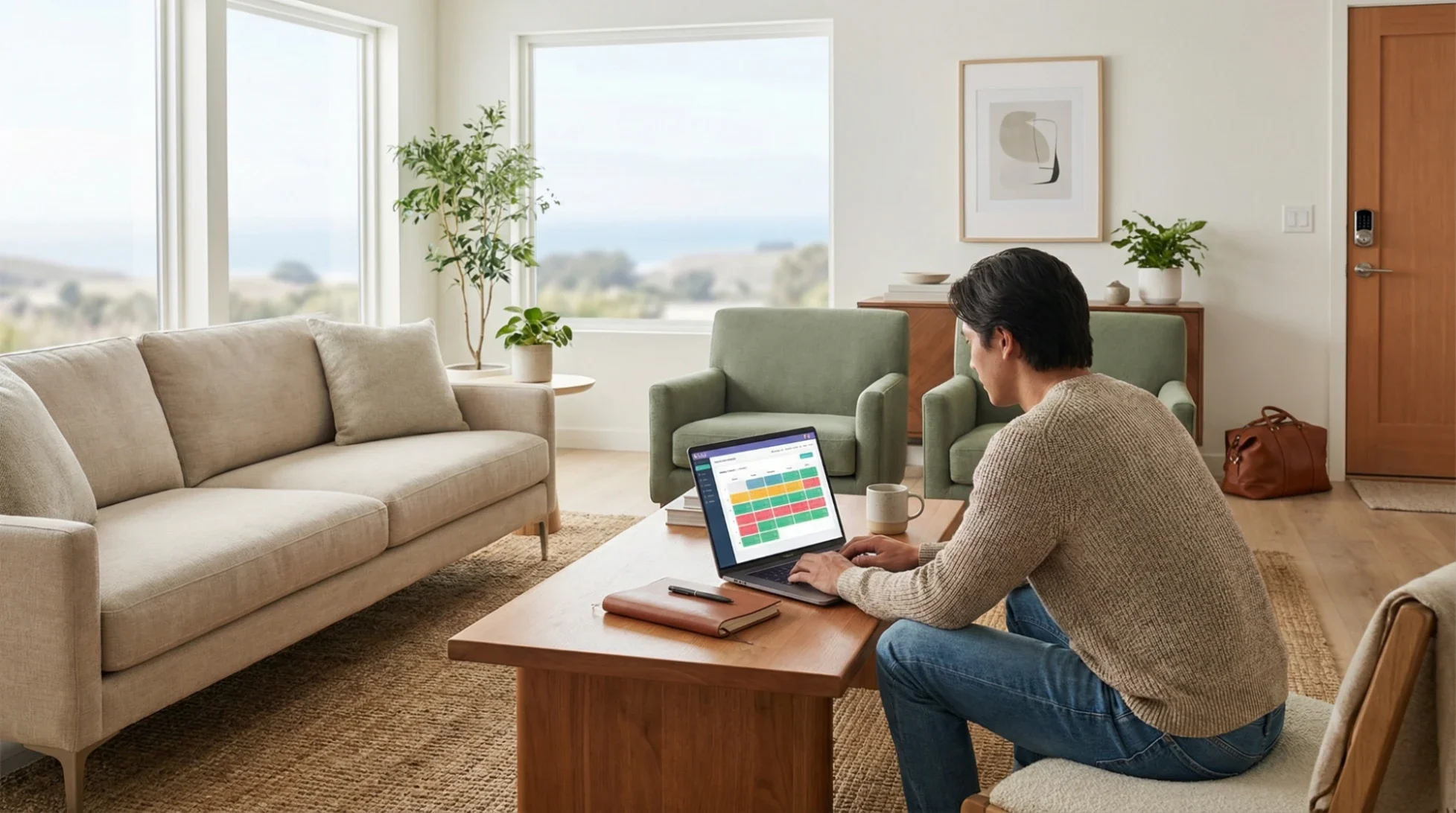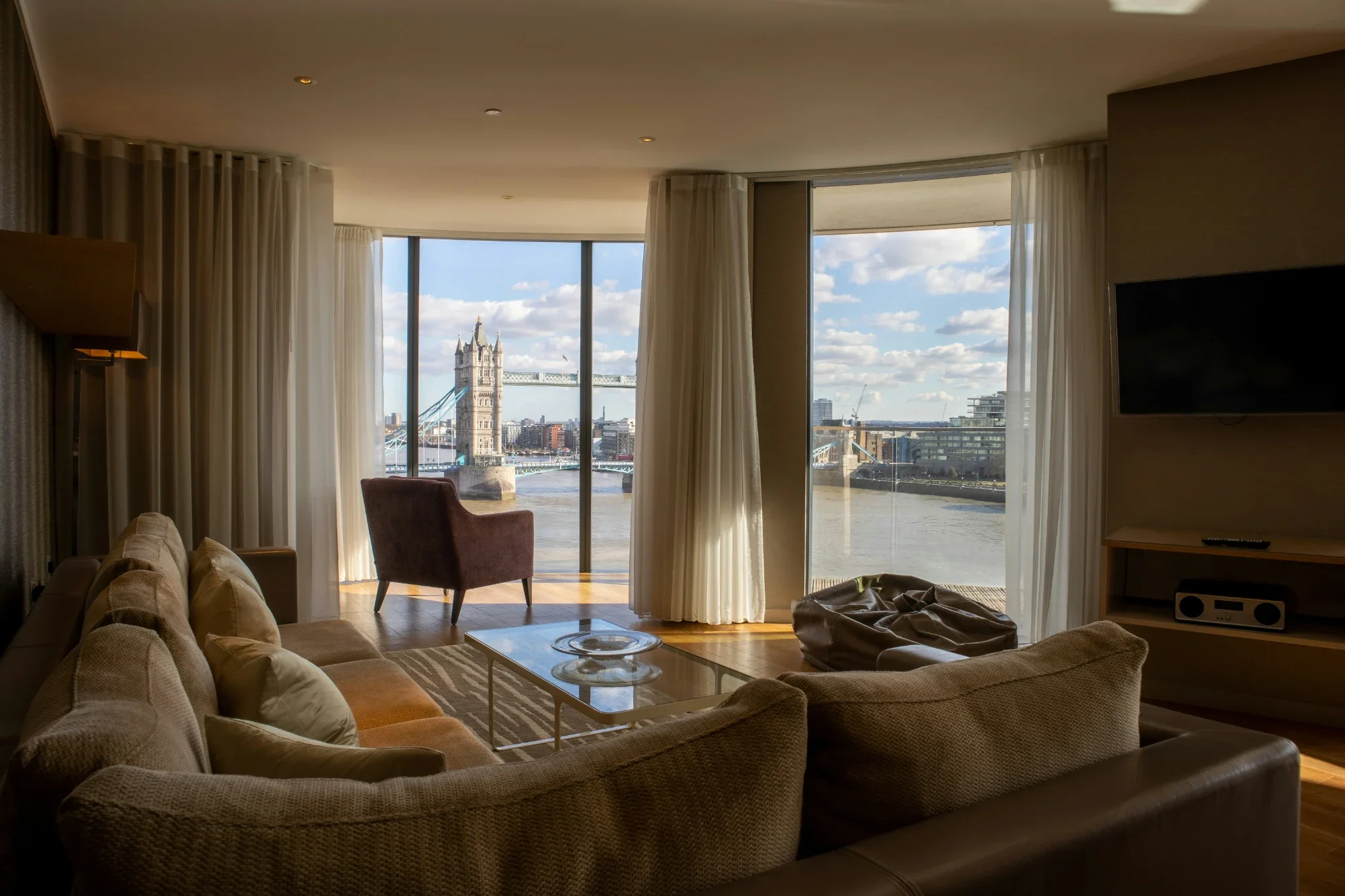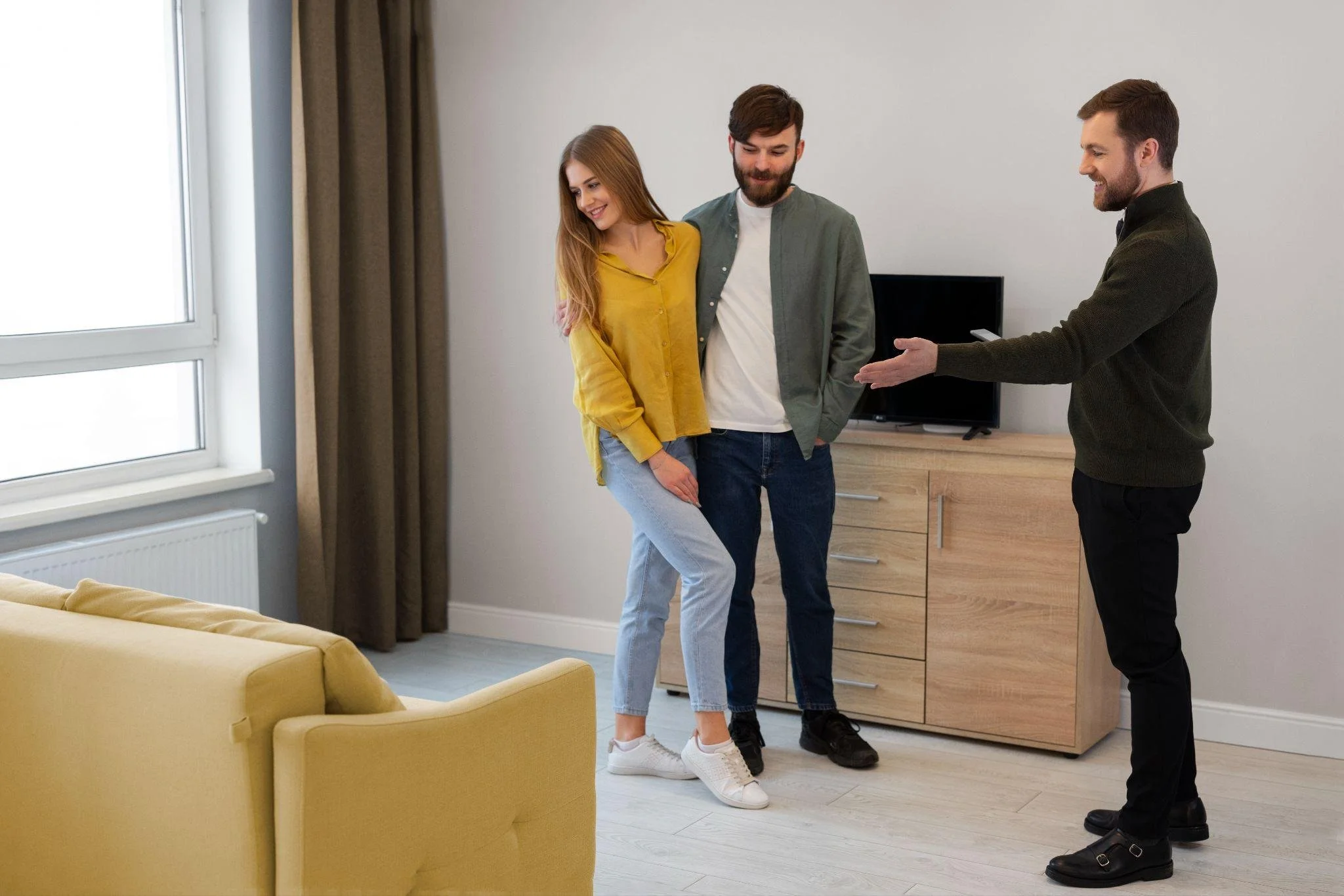How to Style a Rental Property So It Feels Like Home
Transform your rental into a cozy, personal haven with smart styling tips that add warmth, comfort, and character without breaking your lease.
A beautiful rental does more than photograph well. It feels calm, clean, and thoughtfully equipped so that people can picture their daily routines working smoothly. Design choices that create this feeling also tend to support stronger occupancy and more stable income, especially in markets where renters are watching budgets closely. In the United Kingdom, the Office for National Statistics reported private rents were up 5.5 percent year over year in September 2025, which keeps affordability in focus for both tenants and owners.
Good design does not need to be expensive. The goal is to curate the few things that shape how a place lives day to day: light, air, layout, durable materials, and a handful of tactile elements that make people exhale when they step inside. Below is a practical, data informed guide to styling a rental that feels like home.
Start with a Healthy Base: Light, Air, and Cleanliness
Before paint colors or cushions, address indoor air quality, dust control, and ventilation. The U.S. Environmental Protection Agency notes that people spend about 90 percent of their time indoors and that indoor concentrations of some pollutants can be two to five times higher than typical outdoor levels. That makes source control, ventilation, and filtration foundational to comfort.
Practical moves that quietly transform how a rental feels:
Replace or clean filters on schedule and use exhaust fans that actually vent outside.
Choose washable low pile rugs and removable cushion covers to simplify cleaning between tenancies.
Prefer low or no VOC paints and caulks to reduce odors and chemical exposure.
These are not aesthetic afterthoughts. They are the reason a place smells fresh on arrival and stays pleasant after cooking, cleaning, or a rainy week indoors.
Design for Real Life: Storage, Surfaces, and Flows
A home-like feeling comes from friction free routines. Create intuitive storage where people need it, not where it is convenient to install. Hooks by the door, shoe storage at entry, shelves near the laundry, a place for recycling, and drawer organizers in kitchens help renters settle in quickly.
Focus on surfaces that balance beauty with durability:
Kitchen counters and bathroom vanities that resist staining and etching.
Satin or eggshell paint in high traffic areas for easy touch ups.
Washable, light blocking curtains or simple roller shades that manage glare and heat.
Where budgets allow, spend a little more on the items renters touch daily, like faucets, shower heads, cabinet pulls, and door hardware. Solid feeling parts elevate the whole experience and can reduce maintenance calls later.
Neutral Does not Mean Bland
Choose a neutral base to make the space versatile, then layer texture and warmth. Use one or two wood tones, natural fiber textiles, and a tight color palette that works across rooms. A restrained approach makes the home feel larger and calmer. Add personality with art that is easy to rotate and plants that thrive on neglect, like snake plants or pothos.
Lighting deserves a plan. Use warm color temperature bulbs, place a lamp or sconce where people read, and consider a dimmer in the living room. Lighting is one of the cheapest ways to shift mood.
Make Comfort Measurable
Comfort is felt, but planning benefits from numbers. If you are considering adding wall treatments, acoustic panels, or more fabric to reduce echo in a sparsely furnished room, first understand the scale of the surfaces you are working with. Estimating wall area helps you plan materials and costs without guesswork. You can run a quick check with a rental property calculator to explore scenarios where small design investments can be balanced against potential returns, especially if you plan to rent full time or part time.
Durable Textiles and Easy Care Finishes
Rentals endure high turnover and varied habits. Choose fabrics that clean easily and wear well. Performance linen blends, tightly woven cotton, or microfiber holds up better than delicate weaves. In high use zones, consider slipcovered sofas and dining chairs with washable covers. In baths, choose porcelain tile with textured finishes for slip resistance and grout colors that do not show every scuff.
Flooring that feels good underfoot yet handles traffic is worth the investment. If replacing floors is not feasible, strategic area rugs can define spaces, add warmth, and protect existing finishes.
Kitchens and Baths: Where Small Upgrades Matter Most
Kitchens and baths often determine first impressions. Even modest changes can have outsized effects:
Replace mismatched hardware with a single finish across pulls and taps.
Install a quiet, efficient extractor over the cooktop that vents outdoors.
Add task lighting under cabinets.
Choose a simple white or biscuit shower curtain with a weighted hem, or glass screens where budgets allow.
Clean lines plus reliable function reads as quality. In markets where renters face rising costs, properties that feel well cared for tend to attract longer stays and smoother renewals. In the United States, shelter remains a large driver of household budgets tracked by the Consumer Price Index, and the rent of primary residence index increased 3.4 percent over the year to September 2025. That keeps renters attentive to value for money, which good maintenance and design help deliver.
Bedrooms that Actually Rest
Sleep quality is a primary comfort signal. Aim for blackout or near blackout window coverings, quiet latches, and soft close hardware. Keep color temperature warm and place bedside outlets where people will actually charge phones. A medium firm mattress with a washable protector is a practical default.
Furniture that Supports Different Kinds of Tenants
The best rental layouts handle multiple use cases: a couple that works from home, a young family with a travel cot, or a single professional who hosts dinner occasionally. Choose a dining table that seats at least four, a sofa that lets two adults lounge, and a simple desk or console that can become a work zone. Flexible pieces extend appeal without crowding rooms.
Thoughtful Starter Kits
A small set of high leverage items helps a place feel turnkey:
A basic toolkit and extra light bulbs in a labeled bin.
A few airtight kitchen containers, a good cutting board, and a sharp chef’s knife.
Hooks and organizers in closets and utility spaces.
An entry tray for keys and mail.
These touches reduce early tenant purchases and make the first week feel smoother.
Curb Appeal and Entry Sequence
People decide how they feel about a space before they cross the threshold. Keep exteriors tidy, add a doormat that actually traps dirt, and ensure the door hardware works smoothly. A motion sensing entry light adds perceived security and helps late arrivals.
Budgeting Design Choices in Today’s Market
Data points from multiple countries show why a value forward approach matters. In the UK, average monthly private rents have eased from peak growth rates yet are still rising on an annual basis, which keeps household budgets tight. In the United States, Harvard’s Joint Center for Housing Studies reports that although rent growth slowed sharply in 2024, a high share of renters remain cost burdened, meaning they spend more than 30 percent of income on housing. Properties that deliver comfort, durability, and easy maintenance can stand out without luxury price tags.
If you are considering upgrades that would make occasional renting feasible, run scenarios for expected occupancy, realistic nightly or monthly rates, maintenance, utilities, insurance, and management. A simple planning pass helps you decide whether to prioritize a second bedroom, add laundry, or invest in better window coverings for thermal comfort.
Photograph for Honesty, not Just for Clicks
Photos should convey space, light, and the way rooms connect. Shoot at consistent times of day, avoid extreme wide angles, and show storage honestly. Tenants notice when expectations match reality, which supports longer tenancies and fewer complaints.
A Simple Checklist to Finish
Deep clean, air out, and replace filters.
Repair anything sticky, wobbly, or squeaky.
Unify hardware finishes and lighting color temperature.
Add essential storage and label hidden features like shutoff valves.
Keep a neutral base, then layer texture and plants for warmth.
Provide clear instructions for appliances, heating, and recycling.
Photograph truthfully and update the images after any meaningful change.
Why this Approach Works
A rental that feels like home is predictable in the best way. Air is fresh, light is warm, storage is obvious, and finishes are easy to maintain. These elements reduce friction for tenants and for owners. In tighter affordability conditions, households still spend a large share of income on rent, with OECD data showing that median rent burdens in many countries approach or exceed one quarter of disposable income for middle income households and are significantly higher for lower income renters. Designing for durability and comfort helps earn renewals and referrals without chasing trends.
Style with empathy. Build for daily life. Use data to plan upgrades and to budget wisely. With a clean, coherent base and a few tactile touches, your rental can feel like home from the first step inside.














